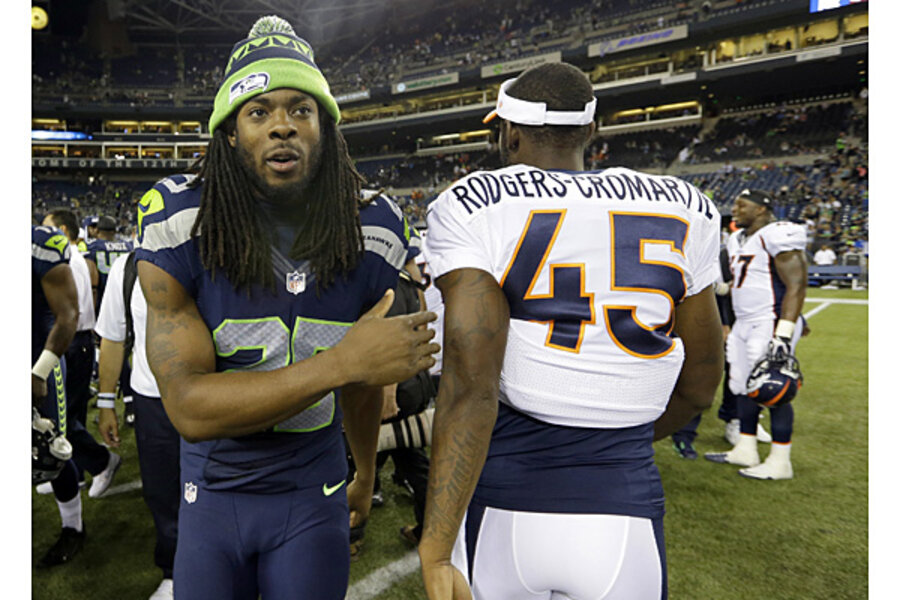What: The average amount that a player in the Super Bowl is "underpaid"
It seems strange to use the word “underpaid” when talking about men who make millions of dollars to play a game, but relatively speaking, the average NFL player makes a much lower per-game salary in the playoffs than in the regular season. Players on the Super Bowl-winning team will make $92,000 apiece for the game, while those on the losing team will make half that—$46,000.
Given a full 53-man roster and the $123 million team salary cap for active players, the average NFL player makes about $2.32 million to play 16 regular-season games. That translates to a per-game salary of about $145,000 during the season, which is much higher than the salary one makes for playing in the Super Bowl, regardless of whether his team wins or loses. In fact, the salary incentives for every game in the playoffs are significantly lower than in the regular season
Another interesting caveat of the NFL postseason pay structure is that players on the Broncos and Seahawks—the teams with the best records this season—actually could have made more money had their respective teams been a bit worse during the regular season. The most a player could have made in this year’s postseason (if that player was on a division-winning team that played in the wild-card round and won the Super Bowl) is $180,000—which is barely more for four total games than what the average player made in a single regular-season game this season.
Since the Broncos and Seahawks were the best in the NFL all year, they received a first-round bye in the playoffs and didn’t have to play in a wild-card game. However, this meant that both teams’ players also had to forego the $21,000 or $23,000 they could have made if the teams were just a little bit worse during the regular season and had to play in the first round.







